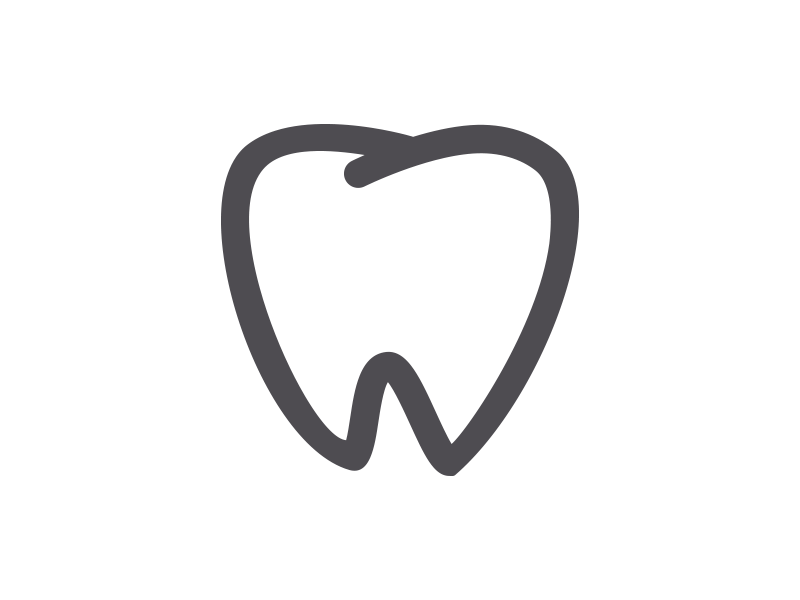Gum Recession: It’s About More Than Just Brushing Too Hard
Gum Recession: It’s About More Than Just Brushing Too Hard

There’s a reason soft-bristled toothbrushes are the brushing tools of choice for dentists everywhere; hard bristles and rough brushing technique can hurt your delicate gums. But while a heavy hand during brushing can contribute to gum recession, it’s not the only culprit; several problems could be leading to your diminishing gumline. Learn the “what” and “why’ behind receding gums below.
A Quick Anatomy Lesson
In a healthy mouth, teeth are supported by both hard and soft tissues: the jaw bone, which supports tooth roots, and pink gum tissues which surround and protect teeth. Several types of gum tissue play different roles in how they support the teeth. “Free gingiva” is that tissue which most closely surrounds the crown of the tooth and isn’t directly connected to the tooth. You probably notice this when flossing: floss can usually move up underneath this part of the gums. The “attached gingiva” is above the free gingiva, and is important in protecting the underlying bone from bacteria and infection. It is vitally important to maintain a certain level of attached gingiva for this reason.
Just above (or below on the lower teeth) the attached gingiva, is a darker reddish tissue that is not firmly connected. It is called “mucogingival tissue.” It is thinner and softer than the attached gingiva. It does not provide the same type of protection.
What is gum recession?
When the firm attached gingiva pulls away from the tooth and bone, it exposes the root surface of the tooth. This is called recession. Exposed tooth roots can create a host of issues. This is because the surface of tooth roots is softer than the outer enamel layers of a tooth crown, making them more prone to decay and toothbrush abrasion (this can result in abfractions or v-shaped notching along the root surface. The root surface is also an area that transmits temperature sensitivity and can cause discomfort and pain for patients when eating or drinking. The more the tissue and bone recede, the higher the chance of sensitivity, decay and less stability of the tooth itself.
What causes recession?
We see many patients with gum recession; it’s a common oral health issue caused by several potential problems. While we mentioned that abrasive brushing technique could cause gum recession, these other causes are other common culprits for damage to the attached gingiva:
Trauma: your mouth is designed to fit together in perfect alignment. However, a bad bite (or the dental term “malocclusion”) can create unnecessary friction and damage to teeth. When teeth repeatedly hit against each other, it can cause the teeth or tooth to move in such a way that gum tissues begin to pull away. Ill-fitting dentures or partials can also lead to friction that destroys gum tissue. Often, aligner therapy such as Invisalign® can solve malocclusion problems to prevent this trauma.
Genetics: Genetics don’t just determine your eye and hair color; if your mom or dad had a tendency towards certain areas of gum recession, then it may be passed along to you, too.
Clenching/grinding: stress or anxiety from the day can sometimes spill over into the quality of your sleep. Some people have a tendency to clench or grind their teeth (a condition called “bruxism”) which puts undue stress on the teeth. This can lead to the tissues that attach the tooth and bone to loosen, eventually resulting in permanent recession.
Tobacco/smokeless tobacco use: Smokeless tobacco or “dip” can cause a recession in the area it’s placed in the mouth. Cigarette or cigar use causes vasoconstriction of the blood vessels that nourish the tissues and, over time, can lead to thinning, weak gum tissues.
Periodontal disease: the tell-tale signs of periodontal disease are red, swollen, or tender gums that bleed, and an unpleasant taste in the mouth, can eventually destroy gum tissue and expose vulnerable tooth roots.
See Dr. Medina for Gum Treatment
If you are suffering from receding gums, Dr. Medina will first discover the source of your recession, and work to eliminate it. Gum grafts or other periodontal treatments can help to restore healthy gum coverage and protect your teeth from exposure.
If you’re noticing diminishing gums, or are experiencing increased sensitivity, schedule an appointment with Dr. Medina. Our team can help you protect your teeth and gums and reverse the negative effects of gum recession.













